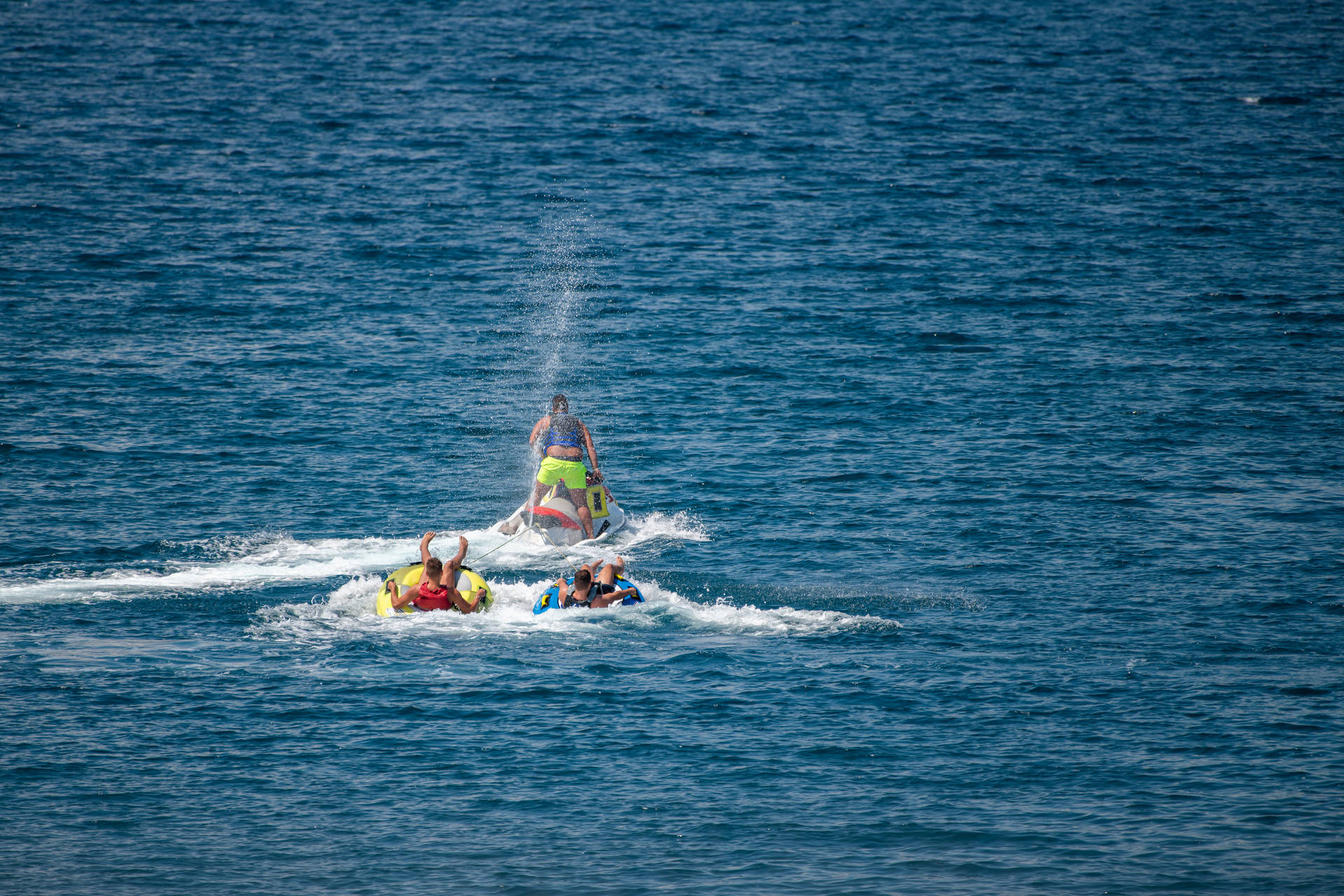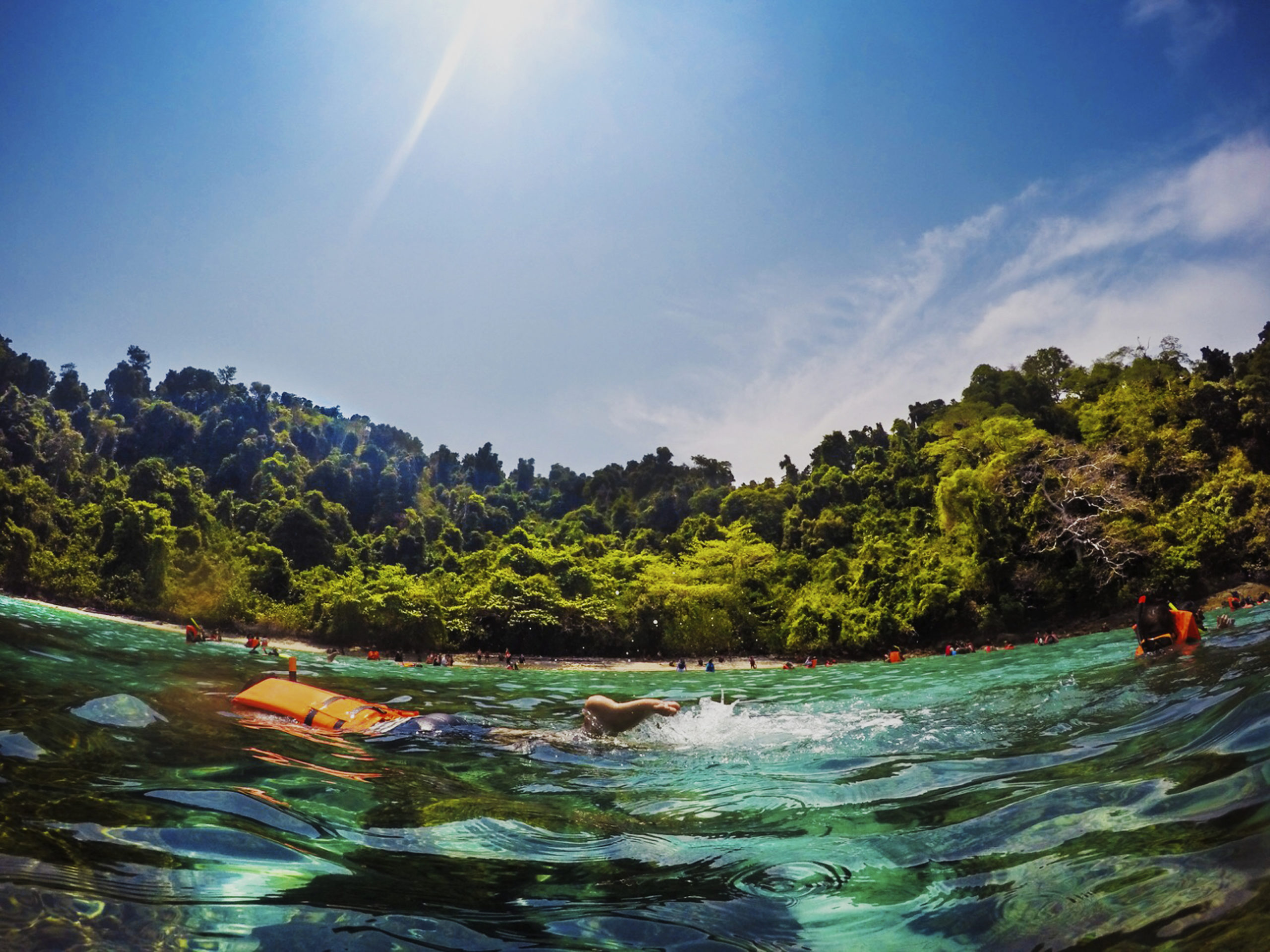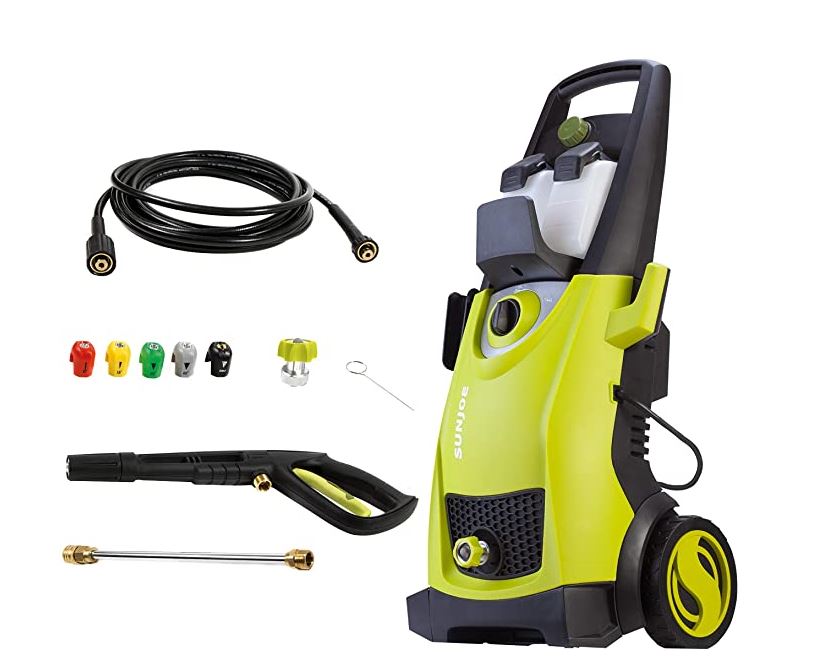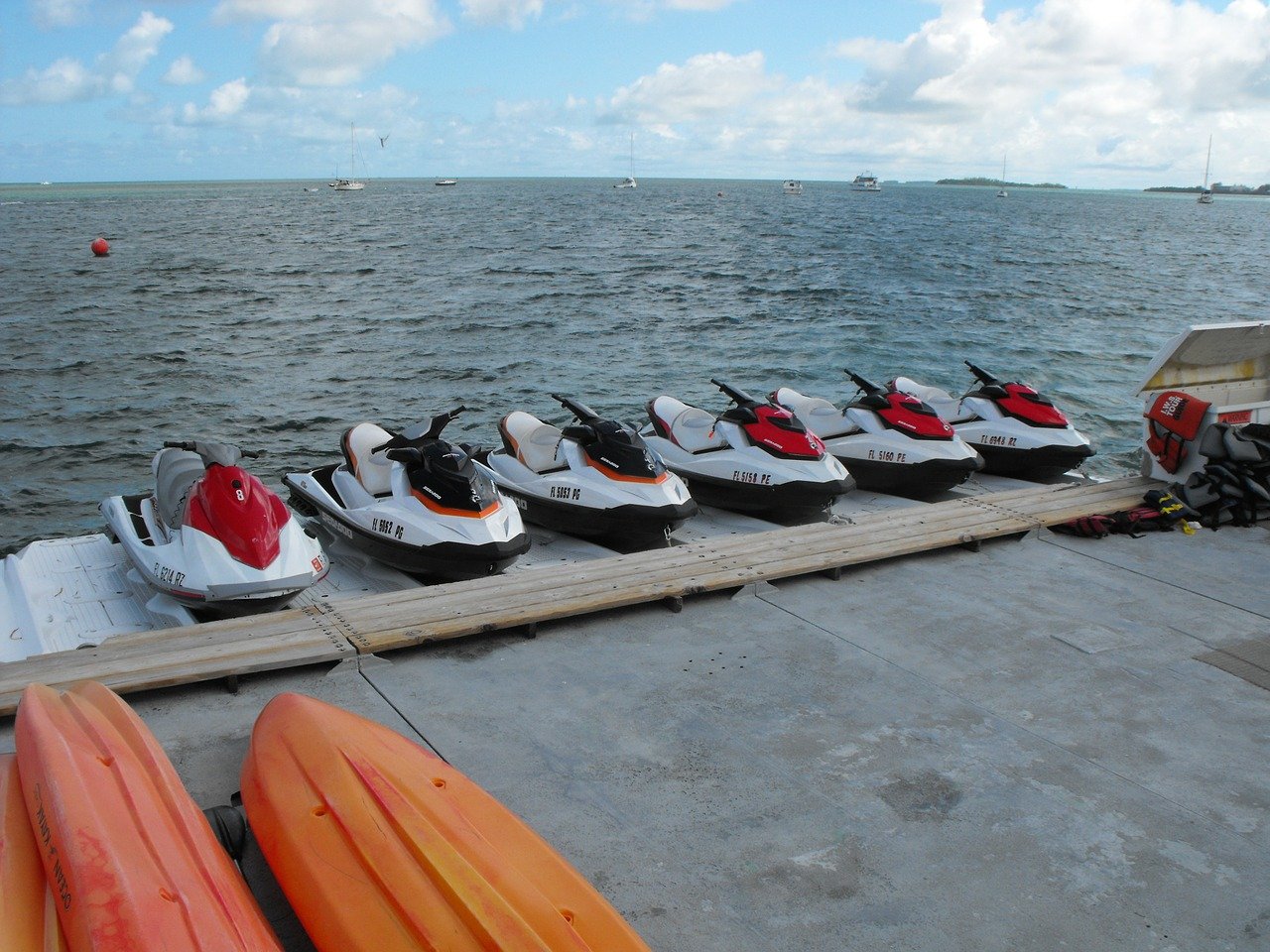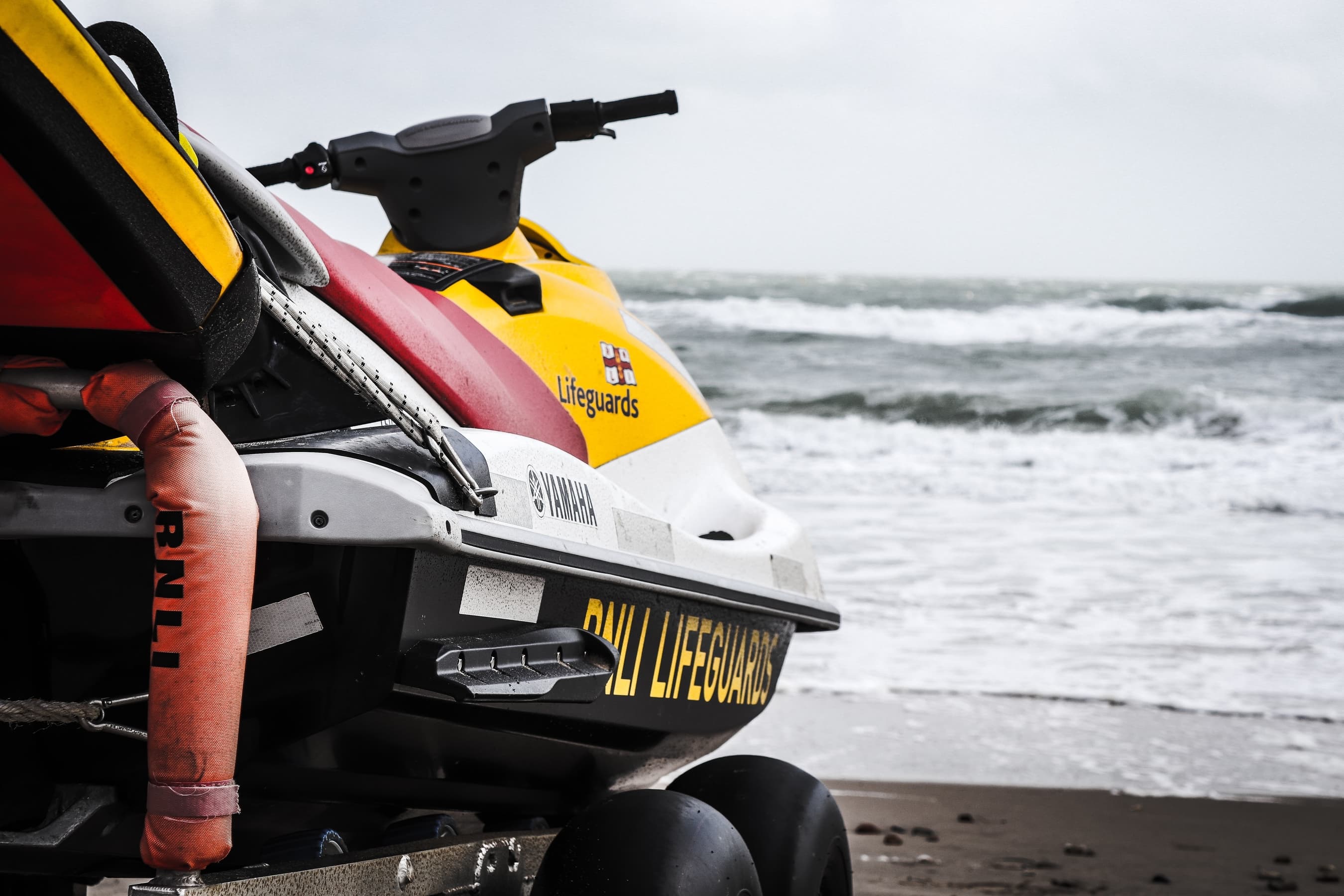
Another summer of racing and wave riding is over – and unfortunately, it’s time to winterize your Yamaha Waverunner. Winterization is crucial for all types of watercraft and ensures you get a long life out of one of your most prized possessions.
If you use your Yamaha Waverunner in saltwater, winterization is that much more important, as salt can cause serious damage and weathering to all types of vehicles. In this guide, we put together the items you need along with a checklist for winterizing a Yamaha Waverunner.
Winterization refers to the process of cleaning and preparing your Yamaha Waverunner for an extended period of non-use. Whether your jet ski is in a garage or outside – this checklist will ensure your watercraft remains damage-free and ready to ride when warm weather rolls back around.
Winterizing is probably easier than you think. If you have ever detailed a car, it’s pretty similar. It may take up most of a Saturday, but it will be well worth it! There is nothing worse than dropping your Waverunner in the water and then failing to startup. Make sure you can have just as much fun next summer by ensuring your Yamaha stays just-like-new.
**Download a condensed PDF version of the checklist here.**
*In order to fund our site, we earn a commission on qualifying Amazaon purchases referred from out site
Items you will need for Yamaha winterization checklist:
- Water & hose
- 5-gallon bucket
- Premium gasoline
- Jet ski trailer or wave runner storage dolly
- Non-detergent boat soap
- Clean towels/scratch-free car wash rags
- Silicone lubricant spray
- Fogging oil spray
- 50/50 Water & Antifreeze mixture
- Rust inhibitor spray
- Automatic battery charger + maintainer
- Fuel stabilizing fluid
- Marine Wax
- Electric waxer or waxer drill attachments
- Yamaha Waverunner cover
Once you have all of the items, you can get ready by removing your jet ski from the water and onto a trailer or dolly. Our checklist not only ensures proper mechanical care for your jet ski but the aesthetic care as well!
Here are the steps for Winterizing a Yamaha Waverunner:
- Position Yamaha wave runner so that it is tilted for draining (bow higher than stern)
- Remove drain plugs to empty the hull
You can turn on the wave runner and give the throttle short bursts, which will drain all of the water. Be sure to only turn the throttle in 30-second intervals to prevent overheating.
- Remove spark plugs one at a time and spray fogging oil into each cylinder. The service manual suggests two methods for all 4-stroke Yamaha engines: Normally Aspirated -Spraying fogging oil into the throttle body while the engine is running until the engine quits. Or, Forced Induction – Remove all spark plugs, lubricate each cylinder, turn the engine with starter while plugs are still out.
- Wash engine compartment thoroughly with soap and water
- Ensure that the hull has completely drained
- Replace drain plugs
- Mix Antifreeze in the bucket with water – 1:1
Do not use car antifreeze! Use boat and RV antifreeze only. Mix one gallon of antifreeze with one gallon of water.
- Flush antifreeze mixture through the exhaust system
Simply use gravity or a pump to feed antifreeze through the exhaust system.
- Add fuel stabilizer to the gas tank
This prevents residue from building up in the carburetor, fuel injection system, and gas lines.
- Fill the gas tank completely full with premium gasoline
This will prevent condensation from forming in the gas tank, which can damage the fuel line and engine. This is recommended for all Yamaha engines when you plan hibernation for more than 2 months.
Prepare Yamaha Waverunner For Storage
- Wash exterior of jet ski
- Rinse and dry Waverunner
- Wax your Yamaha Waverunner so that it looks beautiful and shiny
- Lubricate the control cables with silicone lubricant
- Lubricate steering system
- Apply a thin coat of lubricant spray into the engine
- Lubricate any other moving parts
- Remove the battery
The battery will drain over the winter, so it is important to remove it – unless you want to buy a new battery.
19. Charge the battery completely with automatic charger
Be sure this is in a safe location away from flammable objects and not in a room that will drop below freezing.
20. Store battery in a dry place with mild temperatures
21. Prepare for storage. Do not keep the seat completely latched shut. This will prevent mildew from any remaining moisture
22.
If you have an aftermarket jet ski stereo, be sure to also check that it can be left in the cold. Extended cold and humidity can affect your speakers. If you have followed this checklist, you will ensure a long life for your Yamaha Waverunner. Your Waverunner will be completely ready to ride as soon as summer comes back around. If you own boats, you probably already know the upkeep and maintenance they require. You can minimize repair and unexpected costs by winterizing your jet ski so that it is just-like-new every summer. This checklist will also help maintain the resale value too if you ever decide to upgrade!
PRINT MY WINTERIZATION CHECKLIST HERE
Sources:
https://www.simyamaha.com/YAMAHA_WINTERIZATION_s/1847.htm
https://blog.sea-doo.com/2013/11/13/how-to-winterizing-your-sea-doo-watercraft/
https://yamahaoutboards.com/en-us/utility/news/boating-tips/yamaha-four-cylinder-outboard-diy-winterization
http://www.batteryweb.com/jet-ski-batteries.cfm

